
News Directory
How ball bearings work to reduce friction?
1. Core Mechanism: Substituting Sliding Friction with Rolling Friction
Ball bearings fundamentally transform sliding friction into rolling friction, drastically reducing resistance. Our bearings comprise four key components:
Inner & Outer Rings: Precision-ground raceways guide motion.
Balls: Spherical rolling elements (typically steel or ceramic).
Cage: Evenly spaces balls to prevent contact.
When force is applied, balls roll between the rings instead of surfaces sliding directly. This reduces the friction coefficient by 10-100x compared to sliding contacts. As confirm, rolling friction requires less energy to initiate and sustain motion.
2. Engineering Strategies for Friction Reduction
We optimize three pillars in our manufacturing process:
A. Geometric Efficiency
Minimized Contact Area: Balls contact raceways at discrete points rather than broad surfaces. This concentrates pressure, lowering friction heat generation.
Spherical Precision: Our balls achieve Grade 10-48 sphericity (ISO 3290), ensuring <0.1μm deviation. Perfect roundness prevents localized friction spikes.
B. Material Science
Ultra-Hard Surfaces: Rings and balls use high-carbon chromium steel (HRC 58-64) or silicon nitride ceramic. Hardness resists deformation under load, maintaining smooth rolling.
Low-Friction Coatings: Diamond-Like Carbon (DLC) or MoS₂ coatings applied via PVD further reduce friction coefficients to ~0.001.
C. Lubrication Systems
Grease/Oil Films: Lubricants fill micro-gaps between balls/raceways, preventing metal-to-metal contact. Our factory-applied greases reduce friction by 30-50%.
Sealed Designs: Integrated rubber seals retain lubricant and block contaminants—critical for sustained low friction in harsh environments.
3. Manufacturing Excellence: How We Ensure Peak Performance
Raceway Superfinishing: Ra <0.05μm surface roughness (achieved via chemo-mechanical polishing) minimizes asperity interactions.
Precision Cage Alignment: Glass-fiber-reinforced polyamide cages position balls with ±0.01mm accuracy, eliminating skewed rolling.
99% Torque Testing: Every bearing undergoes rotational torque validation. Our industrial bearings maintain 0.002-0.008 N·m friction torque at 1,000 RPM.
4. Maintenance Recommendations
To preserve friction-reducing properties:
Relubricate every 5,000 operating hours (or per OEM guidelines).
Avoid axial misalignment >0.5°.
Monitor vibration levels with IoT sensors to detect friction anomalies early.
Why Partner with Us?
As a ball bearing manufacturer, we engineer our products to master friction reduction through precision design, advanced materials, and rigorous manufacturing.
As manufacturers, we don’t just supply bearings—we engineer friction management systems. Our R&D in nano-lubricants (e.g., graphene-infused greases) and AI-optimized bearing topology continues to push friction coefficients below 0.001.



 English
English 中文简体
中文简体 عربى
عربى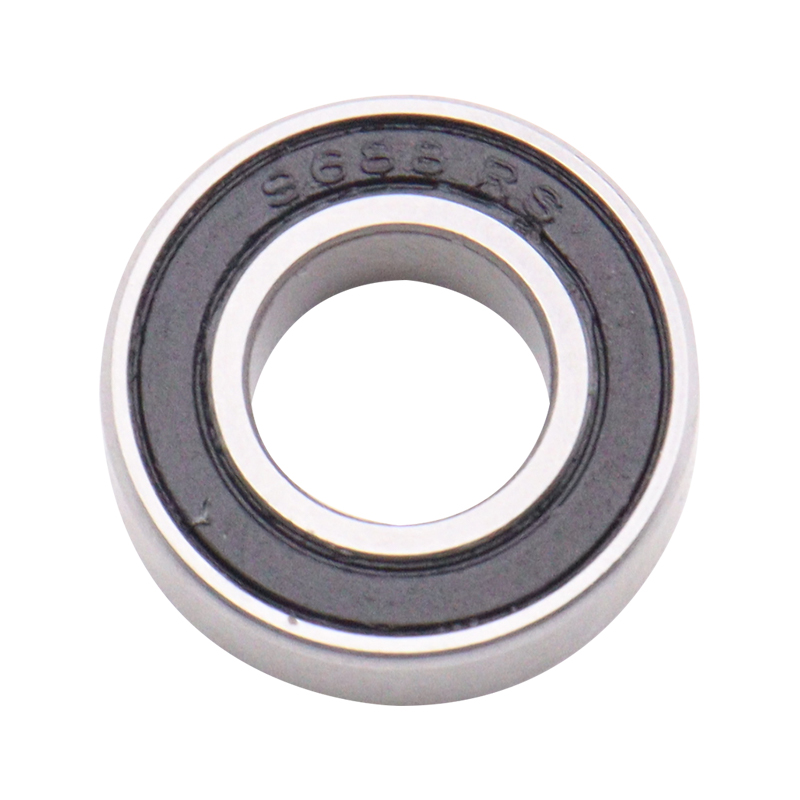
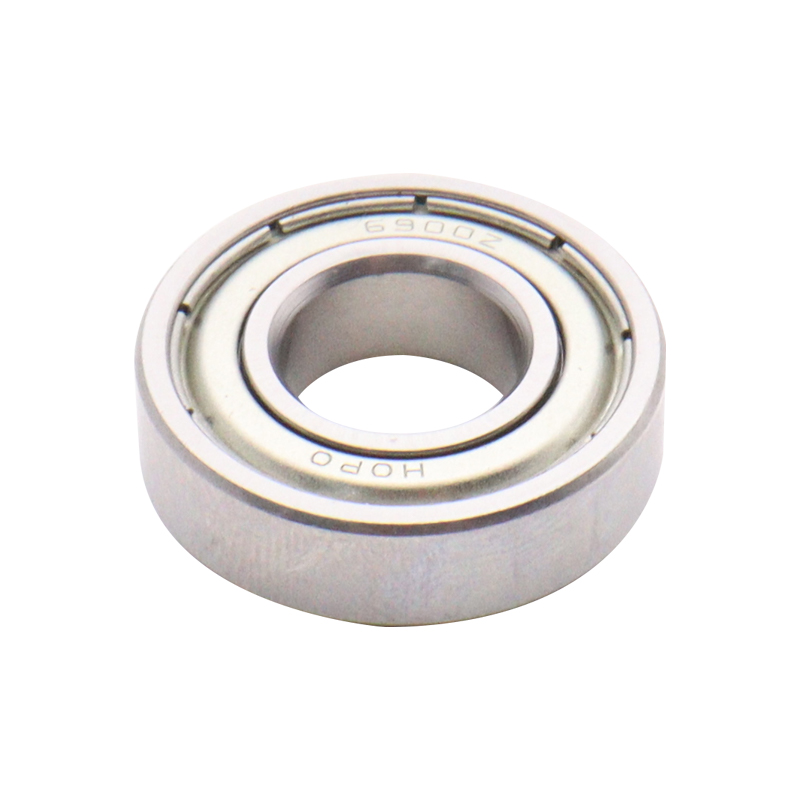
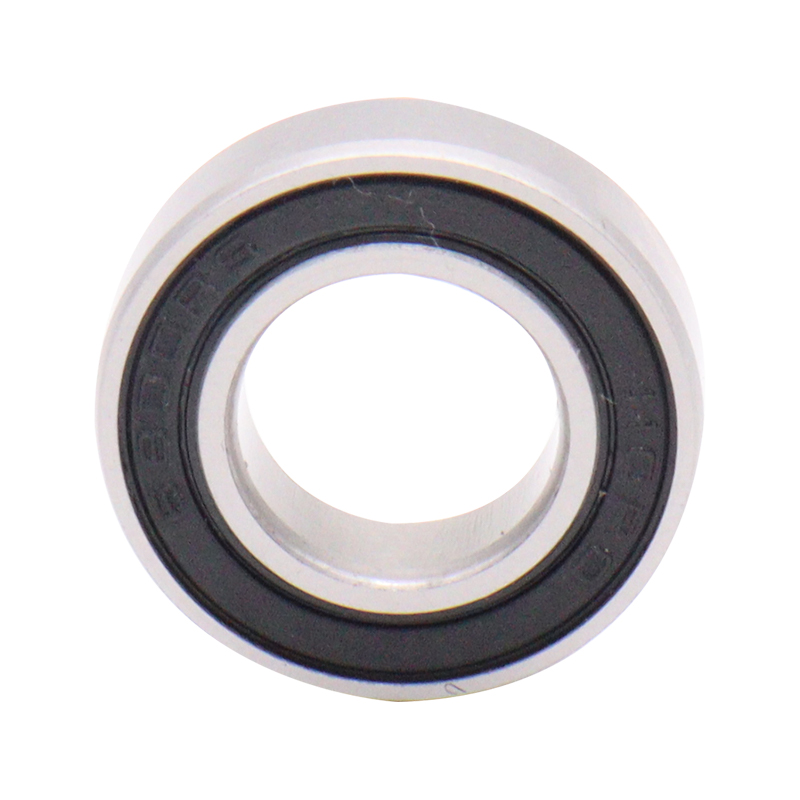
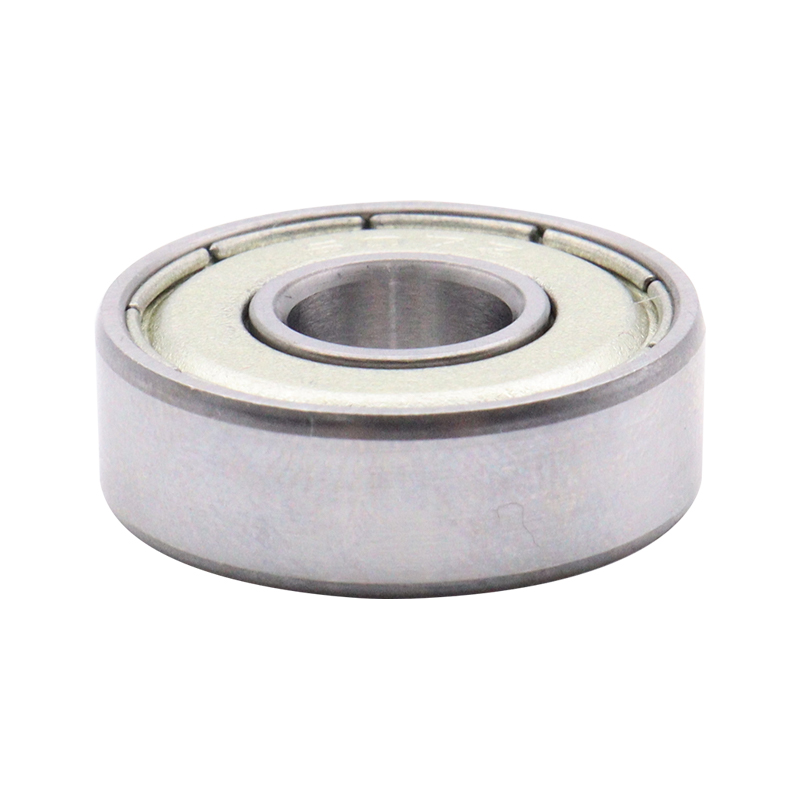
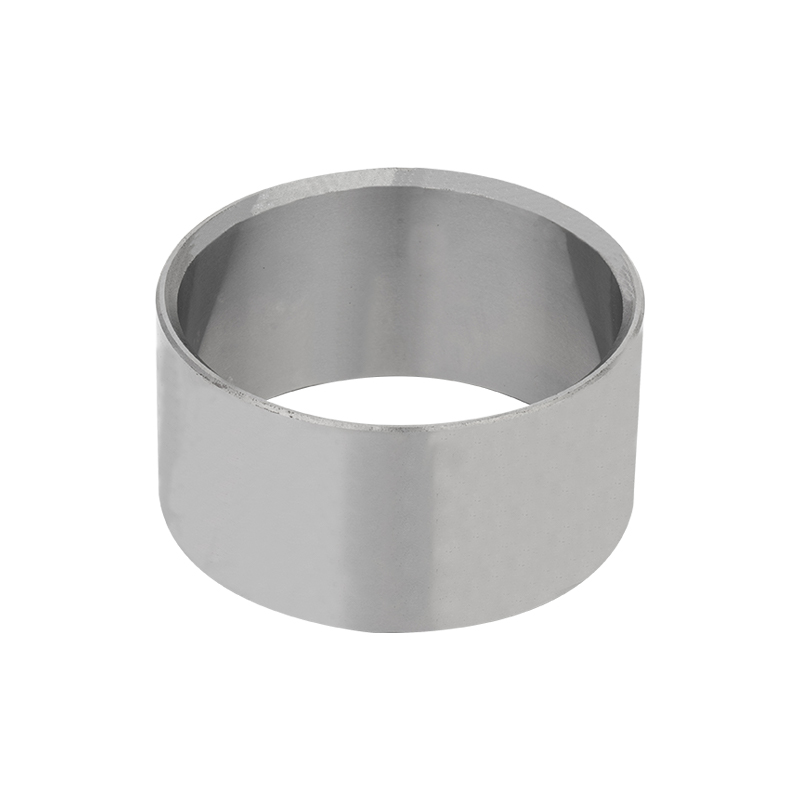
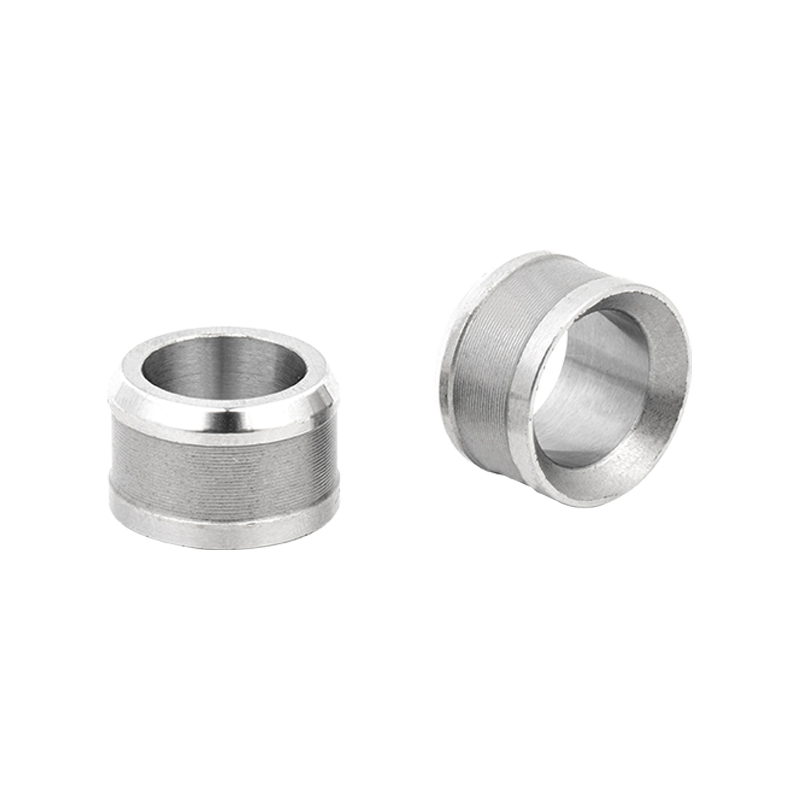
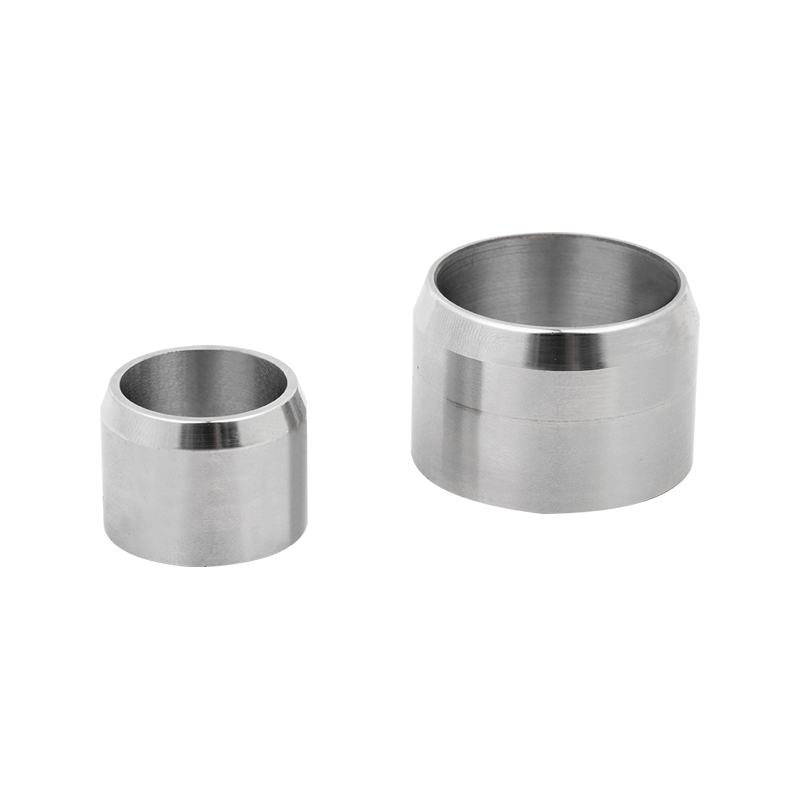
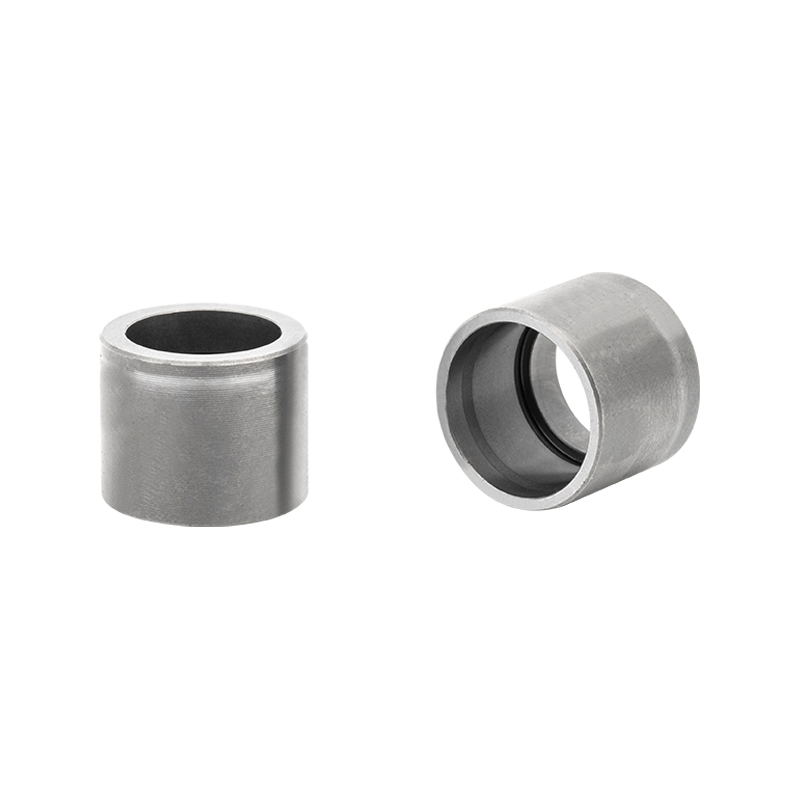
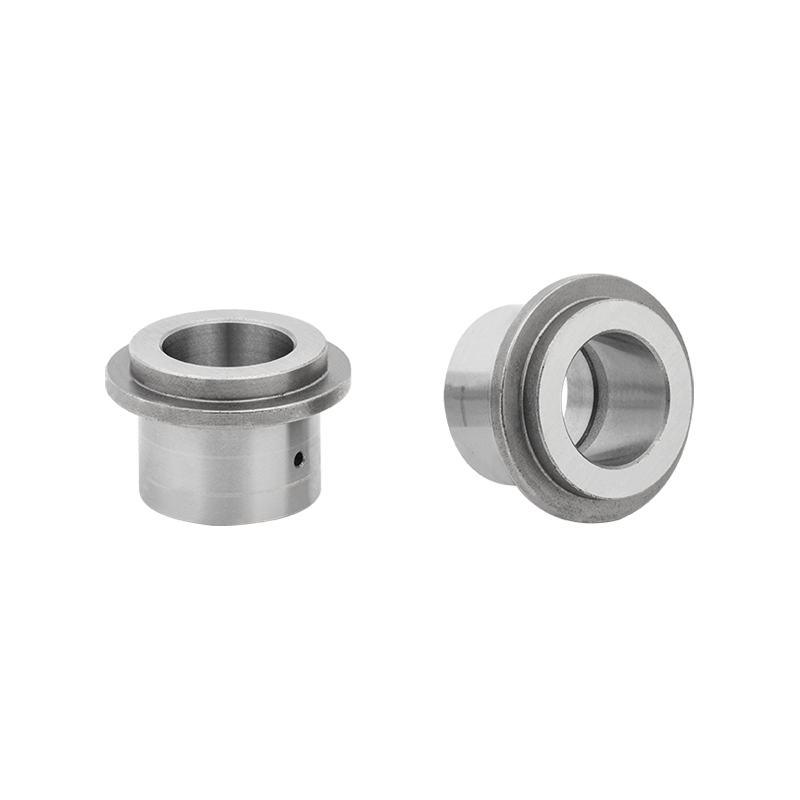

 Download Catalog
Download Catalog
